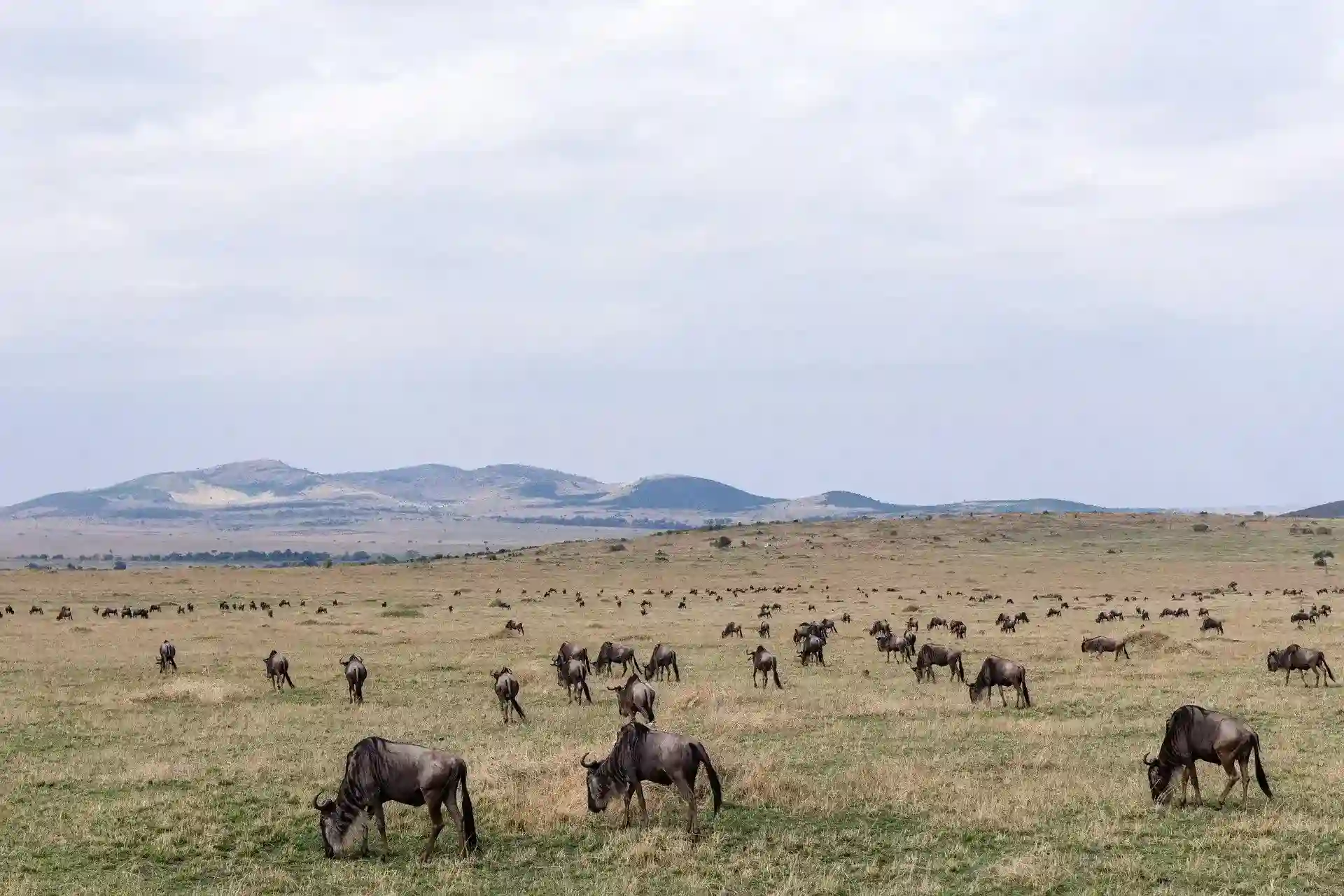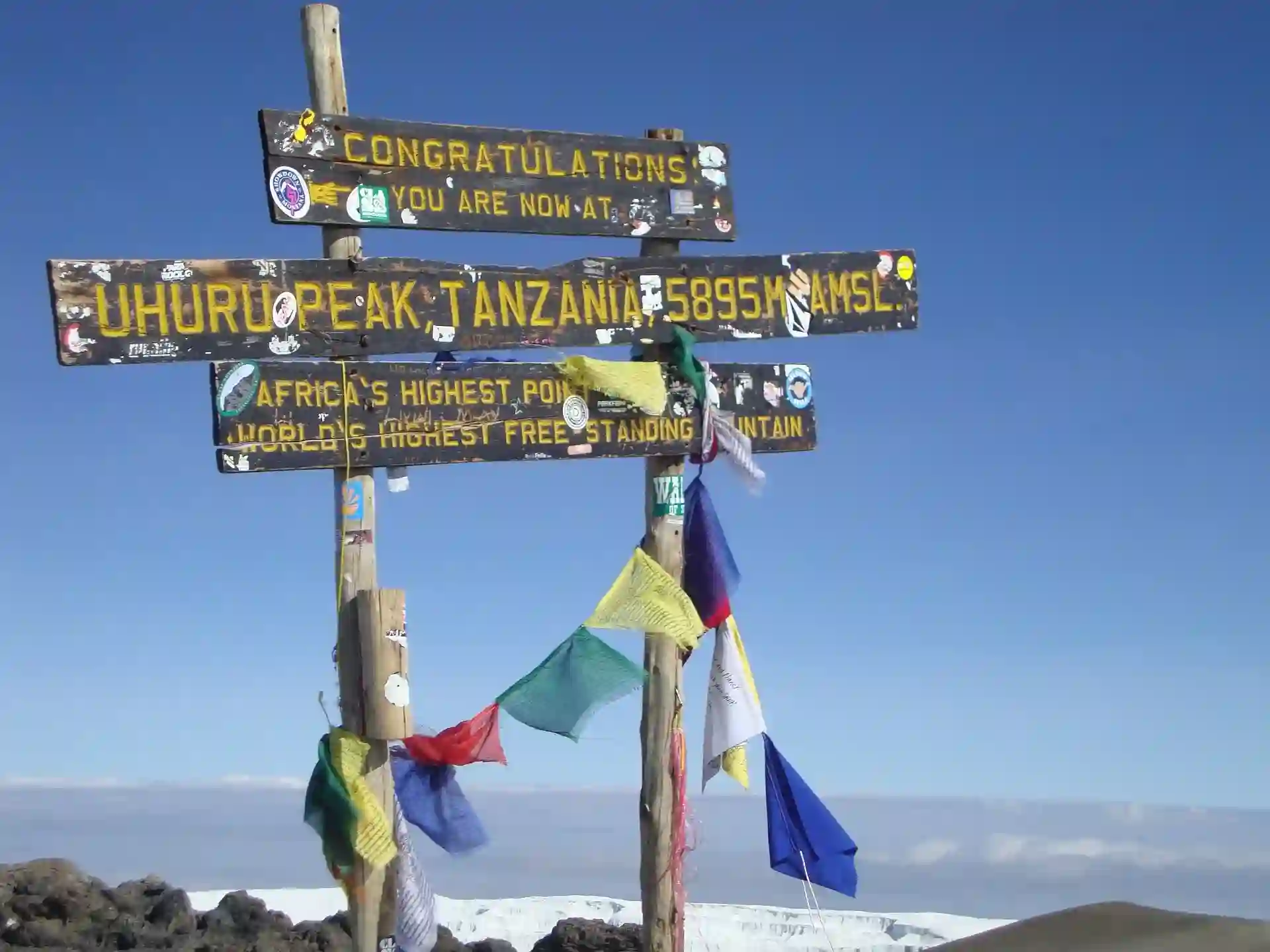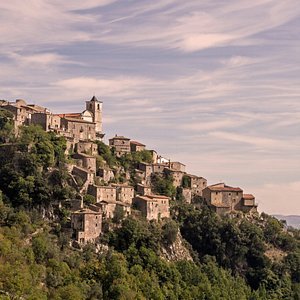
Kilwa Tanzania
Kilwa Masoko
Kilwa Masoko (Kilwa of the Market) is a sleepy coastal town nestled amid dense vegetation and several fine stretches of beach about halfway between Dar es Salaam and Mtwara. It’s the springboard for visiting the ruins of the 15th-century Arab settlements at Kilwa Kisiwani (p298) and Songo Mnara and as such, is the gateway into one of the most significant eras in East African coastal history. The town itself is a relatively modern creation, with minimal historical appeal.Sights & Activities
On the eastern edge of town is Jimbizi Beach, a short stretch of sand in a partially sheltered cove dotted with the occasional baobab tree. The best coastline is the long, idyllic palm-fringed open-ocean beach at Masoko Pwani, 5km northeast of town. This is also where Kilwa Masoko gets its fish, and the colorful harbor area is worth a look, especially in the late afternoon.Dhow excursions through the mangrove swamps on the outskirts of Kilwa – interesting for their birdlife and resident hippos –can be arranged, as can excursions to see the hippos at Mto Nyange. About 85km northwest of Kilwa at Kipatimo are extensive limestone caves.
Kilwa Kisiwani
A quiet fishing village baking in the sun, Kilwa Kisiwani is just off shore from Kilwa Masoko. In its heyday it was the seat of sultans and centre of a vast trading network linking the old Shona kingdoms and the gold fields of Zimbabwe with Persia, India and China. Ibn Battuta, the famed traveler and chronicler of the ancient world, visited Kilwa in the early 14th century and described the town as being exceptionally beautiful and well constructed. At its height, Kilwa’s influence extended north past the Zanzibar Archipelago and south as far as Sofala on the central Mozambican coast.While these glory days are now well in the past, the ruins of the settlement – together with the ruins on nearby Songo Mnara Island – are among the most significant groups of Swahili buildings on the East African coast and a UNESCO World Heritage site; Thanks to funding from the French and Japanese governments, significant sections of the ruins have been restored, and are now easily accessible, with informative signboards in English and Swahili.
History
The coast near Kilwa Kisiwani has been inhabited for several thousand years, and artifacts from the late and middle Stone Ages have been found on the island. Although the first settlements in the area date to around AD 800, Kilwa remained a relatively undistinguished place until the early 13th century. At this time, trade links developed with Sofala, 1500km to the south in present-day Mozambique. Kilwa came to control Sofala and to dominate its lucrative gold trade, and before long it had become the most powerful trade centre along the Swahili coast.In the late 15th century, Kilwa’s fortunes began to turn. Sofala freed itself from the island’s dominance, and in the early 16th century Kilwa came under the control of the Portuguese. It wasn’t until more than 200 years later that Kilwa regained its independence and once again became a significant trading centre, this time as an entrepôt for slaves being shipped from the mainland to the islands of Mauritius, Reunion and Comoros. In the 1780s, Kilwa came under the control of the Sultan of Oman. By the mid-19th century, the local ruler had succumbed to the Sultan of Zanzibar, the focus of regional trade shifted to Kilwa Kivinje on the mainland, and the island town entered a decline from which it never recovered.
The Ruins
The ruins at Kilwa Kisiwani are in two groups. When approaching Kilwa Kisiwani, the first building you’ll find is the Arabic Fort (gereza). It was built in the early 19th century by the Omani Arabs, on the site of a Portuguese fort dating from the early 16th century. To the southwest of the fort are the ruins of the beautiful Great Mosque, with its columns and graceful vaulted roofing, much of which has been impressively restored. Some sections of the mosque date to the late 13th century, although most are from additions made to the building in the 15th century. In its day, this was the largest mosque on the East African coast. Further southwest and behind the Great Mosque is a smaller mosque dating from the early 15Th century. This is considered to be the best preserved of the buildings at Kilwa and has also been impressively restored. To the west of the small mosque, with large, green lawns and placid views over the water, are the crumbling remains of the Makutani. Inside this large, walled enclosure is where some of the sultans of Kilwa lived. It is estimated to date from the mid-18th century.Almost 1.5km from the fort along the coast is Husuni Kubwa, once a massive complex of buildings covering almost a hectare and, together with nearby Husuni Ndogo, the oldest of Kilwa’s ruins. The complex, which is estimated to date from the 12th century or earlier, is set on a hill and must have once commanded great views over the bay. Watch in particular for the octagonal bathing pool. Husuni Ndogo is smaller than Husuni Kubwa and is thought to date from about the same time, although archaeologists are not yet sure of its original function.
To reach these ruins, you can walk along the beach at low tide or follow the slightly longer inland route.
Songo Mnara
Tiny Songo Mnara, about 8km south of Kilwa Kisiwani, contains ruins at its northern end – including a palace, several mosques and numerous houses – that are believed to date from the 14th and 15th centuries.They are considered in some respects to be more significant architecturally than those at Kilwa Kisiwani, with one of the most complete town layouts along the coast, although they’re less visually impressive. Just off the island’s western side is Sanje Majoma, with additional ruins dating from the same period. The small island of Sanje ya Kati, between Songo Mnara and Kilwa Masoko, has some lesser ruins of a third settlement in the area, also believed to date from the same era. The best way to get to Songo Mnara is via motorboat from Kilwa Masoko.
Kilwa Kivinje
Kilwa Kivinje (Kilwa of the Casuarinas Trees) owes its existence to Omani Arabs from Kilwa Kisiwani who set up a base here in the early 19th century following the fall of the Kilwa sultanate. By the mid-19th century the settlement had become the hub of the regional slave-trading network, and by the late 19th century, a German administrative centre. With the abolishment of the slave trade, and German wartime defeats, Kilwa Kivinje’s brief period in the spotlight came to an end. Today, it’s a crumbling, moss-covered and atmospheric relic of the past with a Swahili small-town feel and an intriguing mixture of German colonial and Omani Arab architecture.The most interesting section of town is around the old German boma (administrative office). The street behind the boma is lined with small houses, many with carved Zanzibar-style doorways. Nearby is a mosque, which locals claim has been in continuous use since the 14th century, and a warren of back streets where you can absorb a slice of coastal life, with children playing on the streets and women sorting huge trays of dagga (tiny sardines) for drying in the sun. Just in from here on the water is the bustling dhow port, where brightly painted vessels set off regularly for Songo Songo, Mafia and other coastal ports. The best way to visit Kilwa Kivinje is as an easy half-day or day trip from Kilwa Masoko.
Songo Songo
Coconut palms, low shrub vegetation, about 3500 locals, lots of birds, a beach and a major natural-gas field that is being exploited as part of the Songo Songo Gas to Electricity Project are the main attractions on this 4-sq-km island. Together with Fanjove and several other surrounding islets, it forms the
Songo Songo archipelago an ecologically important area for nesting sea turtles and marine birds. The surrounding waters also host an impressive collection of hard and soft corals. The archipelago, together with the nearby Rufiji River delta, the Mafia archipelago and the coastline around Kilwa
Masoko have been declared a Wetland of International Importance under the Ramsar Convention. The best beach is in Songo Songo’s southeastern corner, reached through a coconut plantation. There are no tourist facilities on the island.
Songo Songo lies about 30km northeast of Kilwa Kivinje, from where it can be reached by dhow in about 31⁄2 hours with favorable winds. Coastal Aviation flies daily to Songo Songo from Dar es Salaam, Kilwa Masoko and Mafia.
Songo Songo lies about 30km northeast of Kilwa Kivinje, from where it can be reached by dhow in about 31⁄2 hours with favorable winds. Coastal Aviation flies daily to Songo Songo from Dar es Salaam, Kilwa Masoko and Mafia.














